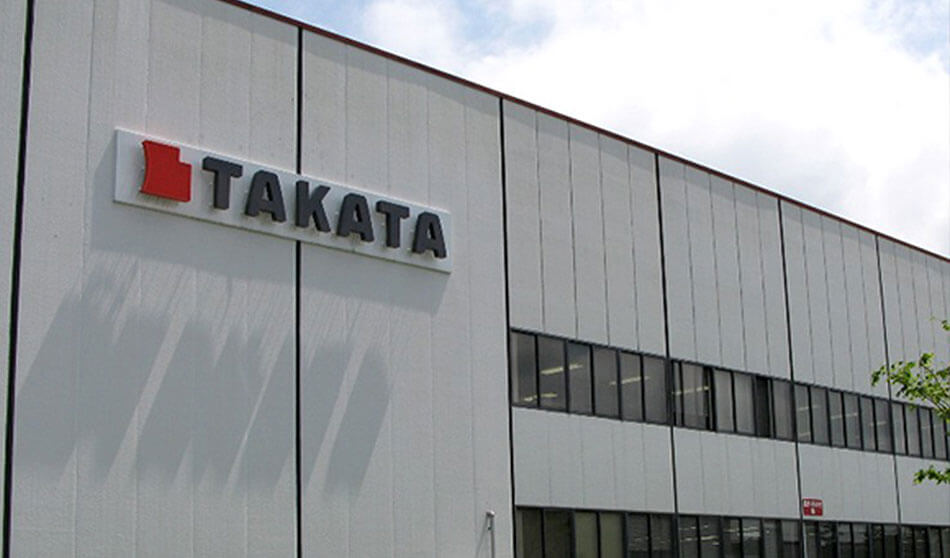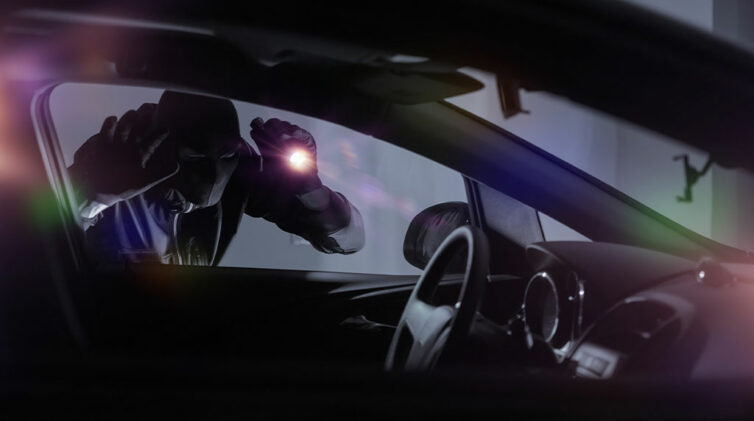It is now alleged that he died because of a faulty Takata airbag, the first Australian casualty to be tied to a global recall program involving 30 vehicle brands and over 100 million airbags that has sparked fear in owners of Takata-equipped cars and bankrupted the Japanese company.
This week, in Canberra, Honda Australia offered its condolences to the man who died at the wheel of a Honda CR-V. It is believed that his car was involved in an accident with another vehicle and the Takata airbag killed him after it detonated and propelled a shard of metal.
Honda Australia director Stephen Collins pulled no punches. He said it was vital that owners of all car brands fitted with Takata airbags immediately get them replaced under the well-publicised global recall program that started when the first instances of airbag problems revealed themselves in the early 2000s.

Asked specifically about the death of the Australian man, Mr Collins confided that Honda Australia had sent five letters over a 16-month period requesting that the owner bring his car in for a free airbag replacement. The car was never brought in for the replacement.
“The car was part of our recall,” he said.
“This is the first time we have had an incidence of a death or injury from an airbag issue that we are aware of. There have (however) been others in the US and Malaysia.”
Honda Australia is clearly upset that despite its large recall program that includes a dedicated division within the company’s Australian offices, with 25 full-time staff working seven days a week and with a call centre that has access to a language service with 160 languages online, that it still has a substantial list of Honda owners who are not responding to calls for their cars to enter the free recall program.

Stephen Collins
Mr Collins admitted that the process has been expensive, time consuming and exhausting. But he said that it is something that Honda will persist with until all vehicles subject to the recall are repaired. He refused to answer questions about the cost, preferring to say that was a secondary issue.
“Look, I don’t know if it’s possible that we can capture all of the vehicles,” he said.
“But we don’t intend to stop. It is so important that we prevent these airbags from causing death or injury. We will keep going until we can’t go any further.”
Mr Collins said his company is replacing about 5000 airbag inflators (the propellant device that is responsible for discharging errant shards of metal) a week, though said it had been as high as nearly 10,000 a week in previous months.
Honda has already replaced or repaired 456,176 of the 650,379 inflators in Honda vehicles – a 70 per cent coverage so far – and has 193,454 inflators to go before finishing the program. These outstanding jobs relate to about 145,000 Honda vehicles because some have more than one airbag per vehicle.
“We have parts available to repair all of the vehicles,” Mr Collins said.
“We have 105,000 inflators in stock now and more are coming. In the next five weeks we will have an additional 34,000 inflators. We then have further stock arriving after that. Supply is not the issue – it is getting people to bring their cars in for the recall.”
The Federal Chamber of Automotive Industries (FCAI) reports that there are 2.35 million vehicles in Australia that require replacement airbags.
The completion rate for Honda is 70 per cent (of its affected vehicles) but the industry average in Australia is only 36 per cent. That means that the other brands – including BMW, Toyota and Mazda – with Takata airbags fitted are replacing at a much slower rate than Honda.
Mr Collins also said that the replacement program that fitted some cars with similar airbags – the so-called “like-for-like’ issue – affected 42,000 Honda vehicles. That means that it is possible that the new airbag fitted was similar to the one that was replaced.

“We acted immediately after we learnt that there may have been a situation where our early recalls replaced airbags with similar ones to those that had been recalled,” he said.
“We have had no notification that they need to be replaced again. In some cases, the replacements were not a Takata brand but other brands such as Daicel that has no problems with its inflators.
“But if the replaced Takata airbags need to be replaced again, then so be it. We will do this until we have replaced all airbags and are convinced that our customers are safe.”
Mr Collins said that at no stage were the replacement airbags ever considered to be an interim measure. He said Honda replaced the airbags with new airbags.
He said that no new Honda vehicle – including the latest CR-V launched this week – is fitted with Takata airbags.
By Neil Dowling













 Read More: Related articles
Read More: Related articles

